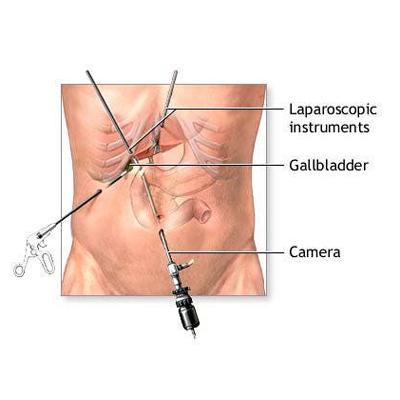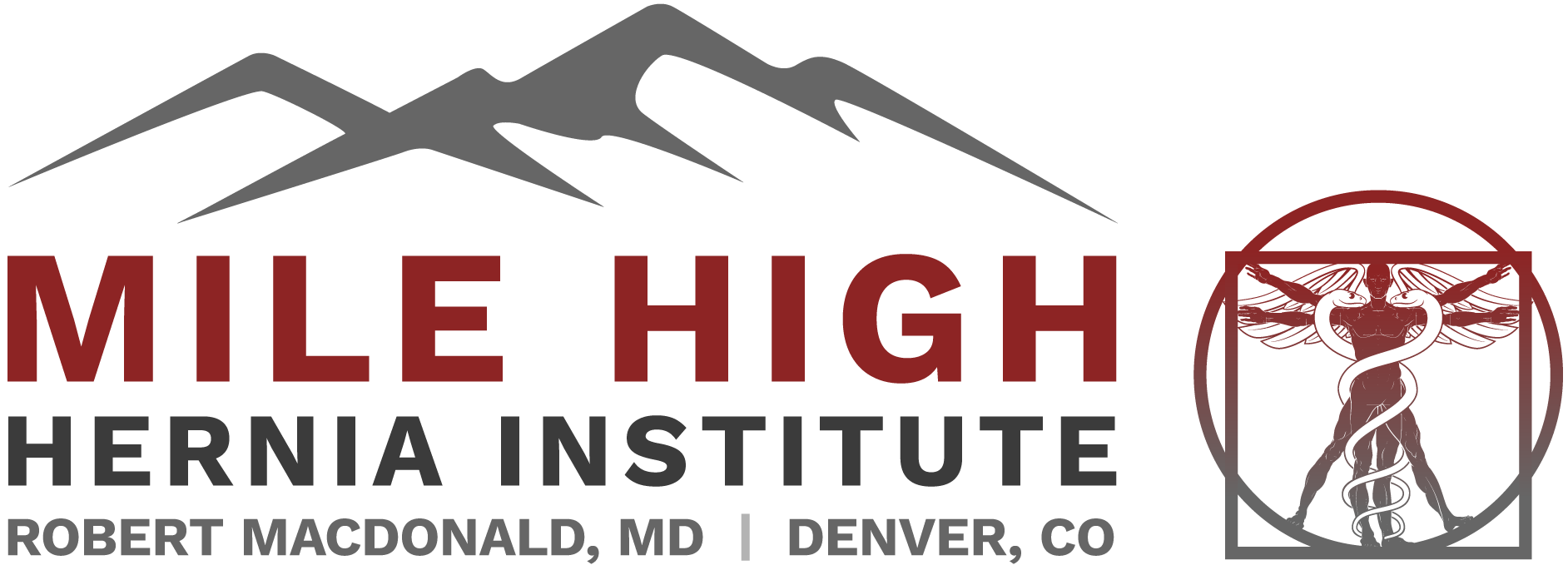Laparoscopic Gallbladder Surgery
Laparoscopic Gallbladder Surgery
The medical term for surgical removal of the gallbladder is cholecystectomy. Typically, the operation is an outpatient procedure, often done in a day surgery center. Laparoscopic surgery simply means a camera and thin, long instruments are used to perform the operation. A general anesthetic is required. Procedure time averages 30 minutes. There are 4 small incisions, but no stitches or bandages. Patients are usually home about 2 hours after the operation.
A pain pill is prescribed, though ibuprofen or acetaminophen may be all that is required.

Recovery From Laparoscopic Surgery
Recovery usually takes 1-2 weeks, though many patients are back to work in a few days. Light exercise may begin in 10 days-2 weeks. Abdominal exercises and very heavy lifting are limited for one month.
Though the gallbladder clearly serves a function, the vast majority of patients have no side effects from its removal. About 5% of patients notice loose stools after gallbladder surgery. This occurs shortly after meals and is reversible.
Complications From Laparoscopic Gallbladder Surgery Are Rare
Risks such as bleeding or infection occur in less than 1/100 patients. Leakage of bile from the liver bed can occur 2-7 days after surgery. The incidence is less than 1/100 but typically requires readmission to the hospital for treatment.
Another rare situation after cholecystectomy occurs if a stone had already passed into the bile duct prior to surgery, but goes undetected due to its small size. This stone may subsequently pass without incident, but occasionally symptoms require a non-surgical procedure to remove the stone. The risk of this is also approximately 1/100. All patients have an xray performed during surgery(cholangiogram) to look for bile duct stones, though a stone can go undetected by this test as well. Symptoms from a bile duct stone can occur days or years after the operation.
